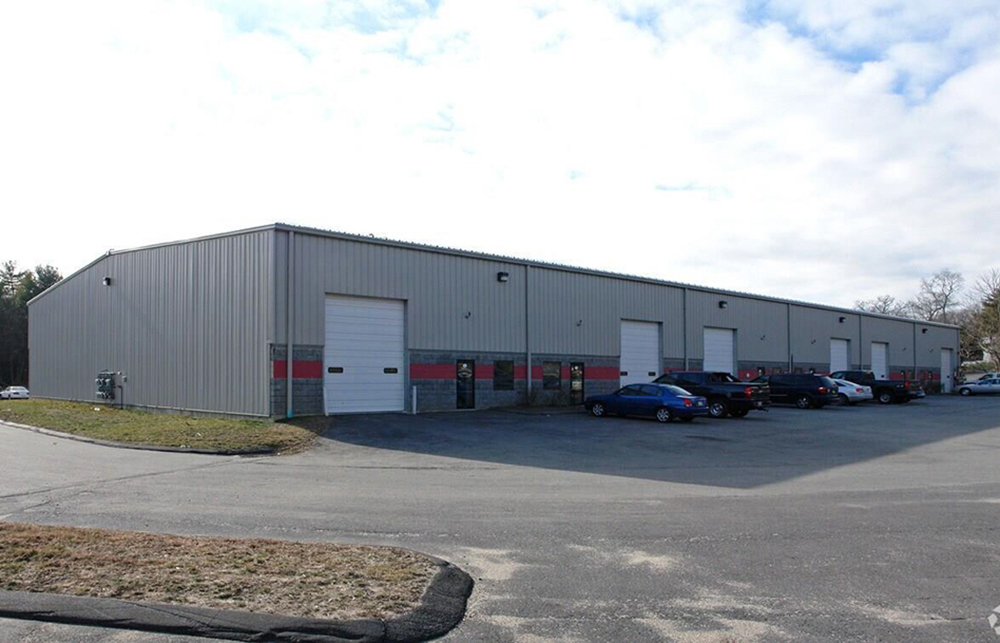Construction management has evolved into a unique market - by Daniel Kelly
 Daniel Kelly, Comeau & Kelly Construction Inc.
Daniel Kelly, Comeau & Kelly Construction Inc.Construction management has been around for quite some time, but has evolved into a unique market driven by ideas that go beyond basic general contracting, in order to grab the attention of various clients. Take for example, the automobile. To this very day, since inception, this means of transportation requires the basic functions from which the vehicle was born. Vehicles primarily need an engine, tires, a transmission, an electrical system, and some sort of fuel. When manufacturers recognized the need to go beyond the basics in order to attract customers, they added many features to enhance the driving experience. However, no matter how fancy the options become, the very basics are still required to power the vehicle reliably so the end user can get from one place to another
Construction management has evolved in the same sort of fashion. An owner/developer needs or wants to construct a particular project. Each project requires the basic elements such as; an idea, land on which to build, an architect, and a contractor to execute the plan. The thing that has changed significantly is the options of the delivery method.
Retail, in particular, is by nature a very aggressive and ever changing fluid market. The needs and the wants of the end user or client, that may be appealing today, can be gone tomorrow. So the very idea of constructing projects in this environment presents very challenging obstacles to the teams chosen to complete these tasks.
There are several methods or options to achieve this goal. One option of delivering projects in such an environment is to use the true construction manager technique which will be discussed here.
Delivering a project where the construction manager is managing the entire process from the entitlements (all permits) to final occupancy can be a great way to efficiently and financially be successful with the endeavor.
By using one position to lead the charge, many important tasks, conversations, and documents are not lost in the process as the projects develop and takes shape. The owner/developer now has a point person that is responsible to ensure that all communications are carried along and transmitted to all of the pertinent people at each milestone in the project.
True construction management is a process where the construction management firm manages the entire process, but provides no trade services to the project. Each phase of the project is contracted to a particular subcontractor for that division of construction. Items that are not covered in subcontractor scopes can be captured under agreements inside a chosen subcontractor’s contract. Each agreement contains a provision with labor rates listed, to handle spontaneous situations that arise while constructing the project.
This process is especially helpful in the retail construction market where change is constant and plans are fluid. Many large retailers work with a set group of construction managers throughout their region. Many small retailers will only use two or three firms to perform their work. By limiting the number of CM’s, a retailer can control costs. This is achieved by everyone on the team having knowledge of what the expected outcome will be. Everyone understands the process, the method, and flow of documents. This creates a relationship that fosters a team effort by not pitting the owner against the contractor or architect or vice versa.
Many of these relationships are contracted in an open book style. In this style, the owner or the retailer in this case, and the construction manager, agree to terms based upon a set fee, set general conditions costs, and labor rates for the personnel that will be assigned to the project, during the construction process, both at the job and in the main office.
The constant change that happens somewhat uniquely in the retail world is best handled in the CM contracting method. During retail planning and construction there will be changes. By being involved early in the planning stages, the CM that is familiar with a retailer can limit many changes. The CM can offer services not available in the traditional general contracting method of design-bid-build.
Instead of being locked into a fixed contract with a traditional general contractor with limited give and take, the CM usually has agreed to open his books for the job and show all costs to the owner. Therefore, as changes are being made, the owner is paying only what those real costs equal and not some inflated amount. All savings from a base agreement can go back to the owner or a split on the savings can be made between the CM and the owner, further incentivizing the CM to save money for the project. All aspects of this relationship are a win win.
We could go further into these types of agreements and expand on risk verses no risk positions in CM contracts. Reaching back to our original analogy of the car and all of its many options, construction management is meant to take that basic concept of owner, architect, and contractor, with all of its separate components, and dynamically opposing interests, and bring them together as a team, that can work together, to produce a fantastic end product, meet the owner needs, and provide it within an affordable budget, with limited surprises. The ultimate in be optimistic.
Daniel Kelly is president of Comeau & Kelly Construction Inc., Stoughton, Mass.
RapDev leases 17,587 s/f at 501 Boylston St. - lease brokered by JLL


Newbury Street: Boston’s timeless retail gem thrives in a modern era - by Joseph Aquino
Boston’s iconic Newbury St. continues to thrive as one of the most vibrant and compelling retail corridors in the United States. Nestled in the heart of the Back Bay, this historic St. has evolved into a powerhouse of high-St. retail, where luxury meets lifestyle and legacy brands coexist with up-and-coming names. With its European charm, diverse architecture, and unmatched foot traffic, Newbury St. remains a dynamic reflection of Boston’s energy, culture, and economic strength.

End of the year retail thoughts - by Carol Todreas

Retail / tariffs / uncertainty and (still) opportunity - Carol Todreas
As new tariffs continue to impact the global economy, retail businesses and investors are grappling with heightened uncertainty. From new high tariffs to supply chain issues to evolving consumer behaviors, continual changes are making it as or more challenging than the pandemic years. Yet, amidst this turbulence,

Placemaking and retail in 2024 - by Carol Todreas
Placemaking. That is the word for 2024. While the concept has historical precedence in urban development, it became part of our current culture in the 1960’s when urbanists started to think about cities for people, not just cars.









.png)
